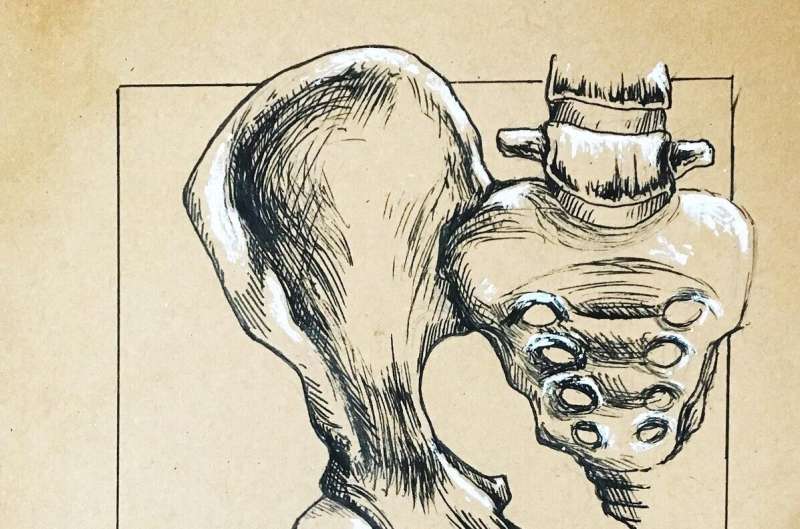Do Compression Tights and Tops Enhance Exercise Performance and Recovery?

Learn whether compression tights and tops truly enhance exercise performance and aid recovery, supported by scientific research and expert insights.
Compression clothing, including tights and tops, has become a staple in gyms and athletic settings worldwide. These form-fitting garments are praised for their potential to boost performance, reduce fatigue, and accelerate recovery. Originally designed for medical purposes—helping improve blood flow and reduce swelling in patients recovering from surgery—compression wear transitioned into sports in the late 1990s and early 2000s. Athletes and sports brands like SKINS, 2XU, and Under Armour adopted these garments, promising benefits such as enhanced blood circulation, decreased muscle vibration, and faster muscle recovery.
The science behind compression gear points to several physiological effects. Manufacturers claim these garments promote better oxygen delivery, decrease muscle vibration that causes fatigue, and improve circulation, all of which could theoretically enhance athletic performance. Many gym enthusiasts also report feeling supported and less sore, and some believe these clothes can even boost mood or confidence.
Research findings on the efficacy of compression wear are mixed but insightful. A 2013 meta-analysis indicated moderate recovery benefits, such as lower muscle damage markers and reduced delayed-onset soreness. Similarly, studies in 2016 and 2017 found that compression garments could aid in faster strength recovery and reduce soreness post-exercise. However, a comprehensive 2025 review of 51 studies concluded that while they might help with recovery, compression clothes do not significantly improve race times, endurance, or overall athletic performance.
Usefulness of compression gear mainly lies in specific situations. They can support quicker recovery, reduce muscle soreness, and prevent swelling during long flights or for individuals with circulatory issues. Nonetheless, they are not designed to enhance speed or strength directly, nor should they replace proper training, rest, hydration, and nutrition.
In conclusion, compression clothing isn't a miracle solution but can be a helpful addition to your fitness routine. If they provide comfort, support, or psychological motivation, they are worth trying—especially for post-exercise recovery. Think of them like a good pair of shoes: they won’t win races, but they can make the journey more comfortable. Whether worn for performance or style, confidence in your gear is often enough to keep you motivated.
Stay Updated with Mia's Feed
Get the latest health & wellness insights delivered straight to your inbox.
Related Articles
Pelvic Floor Exercises for Active Women to Prevent Exercise-Related Symptoms
Discover how targeted pelvic floor exercises can help active women prevent exercise-related symptoms, improve core stability, and support overall pelvic health.
Getting Started with Weightlifting in the Gym: A Comprehensive Guide
Learn how to confidently start weightlifting at the gym with safety tips, exercise recommendations, and motivation strategies to build strength and improve overall health.



